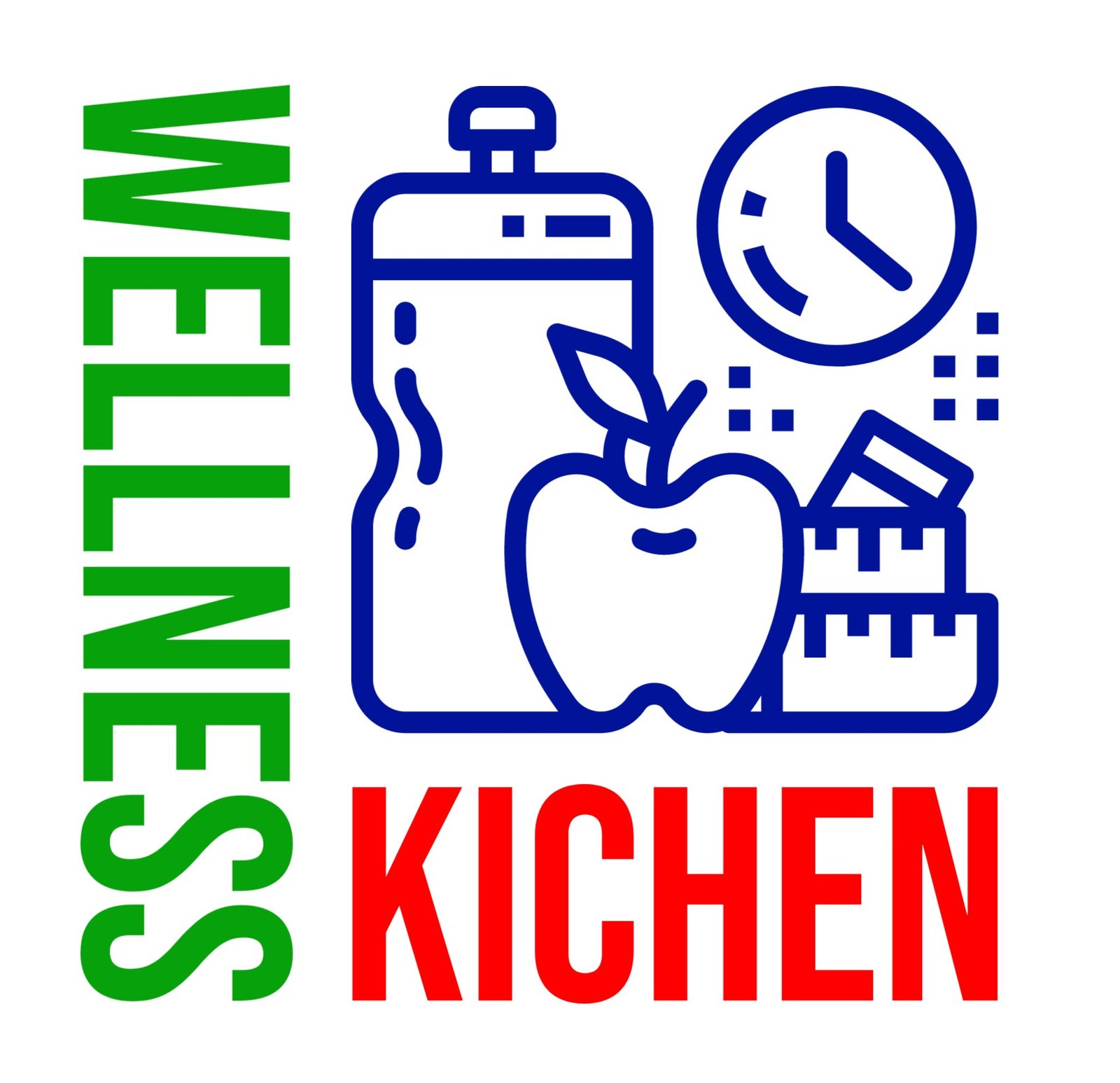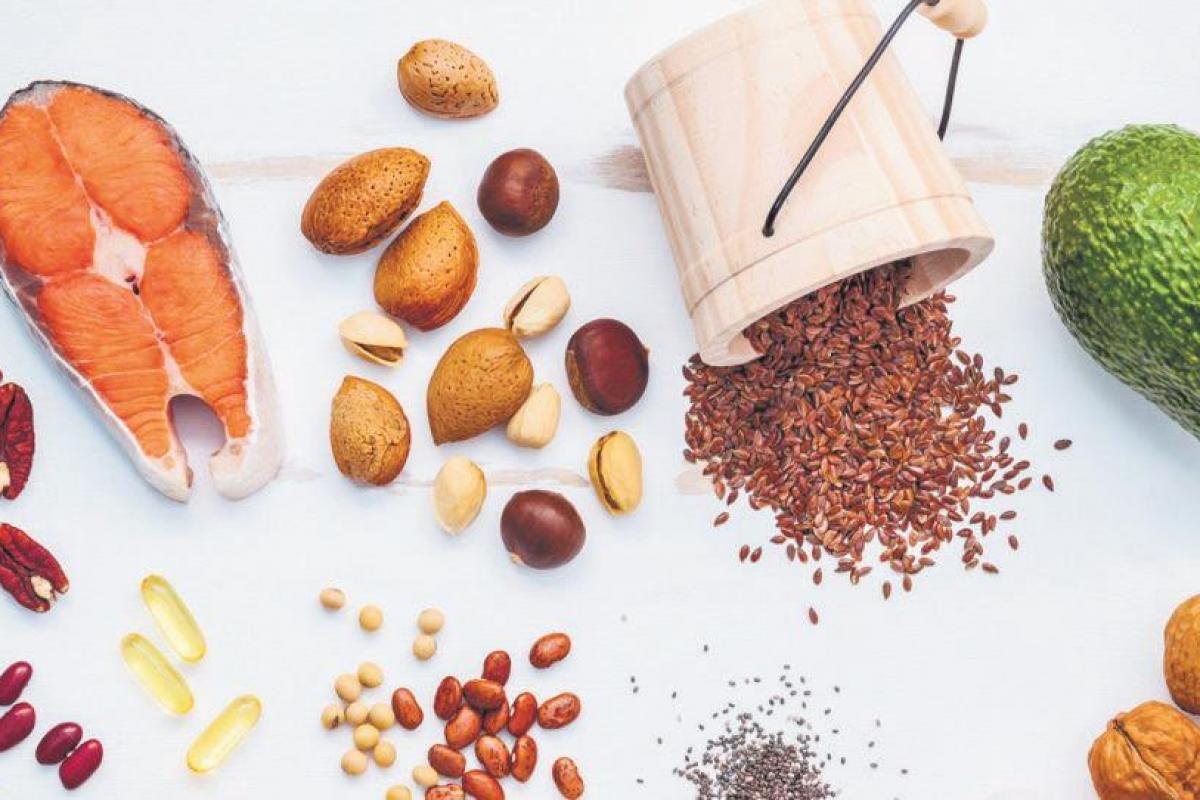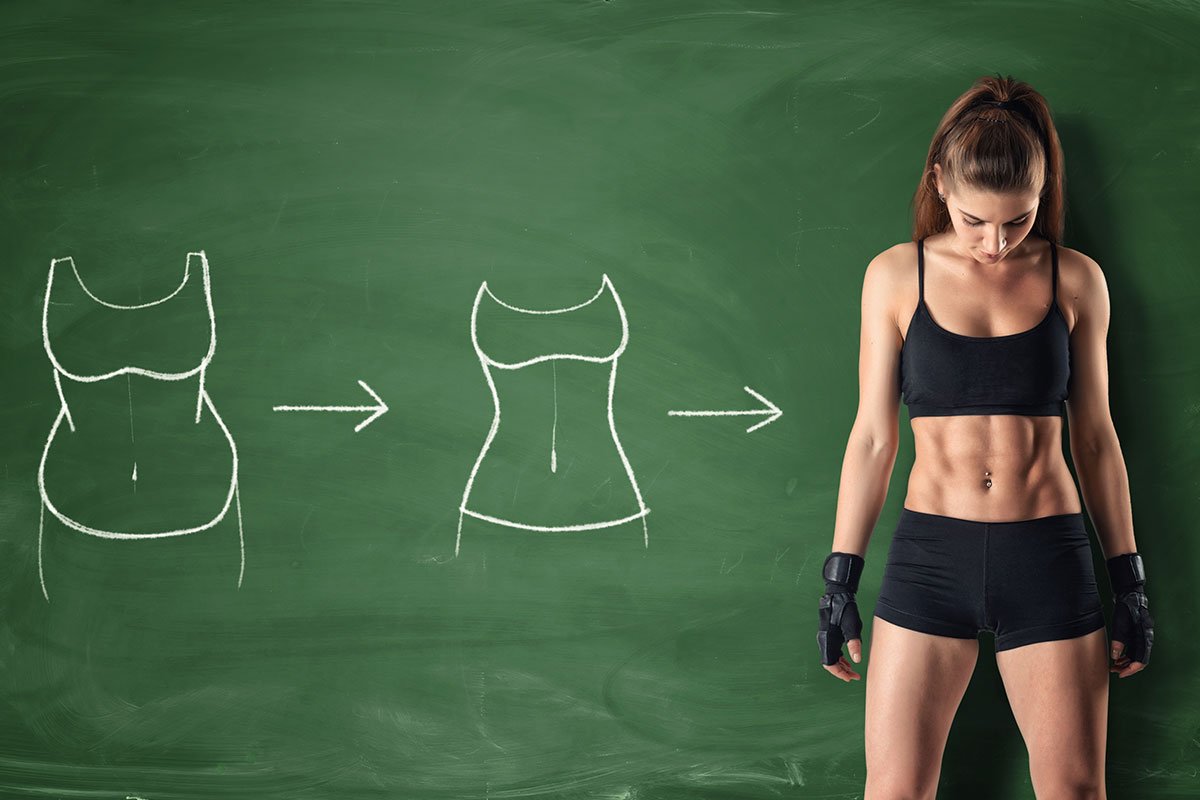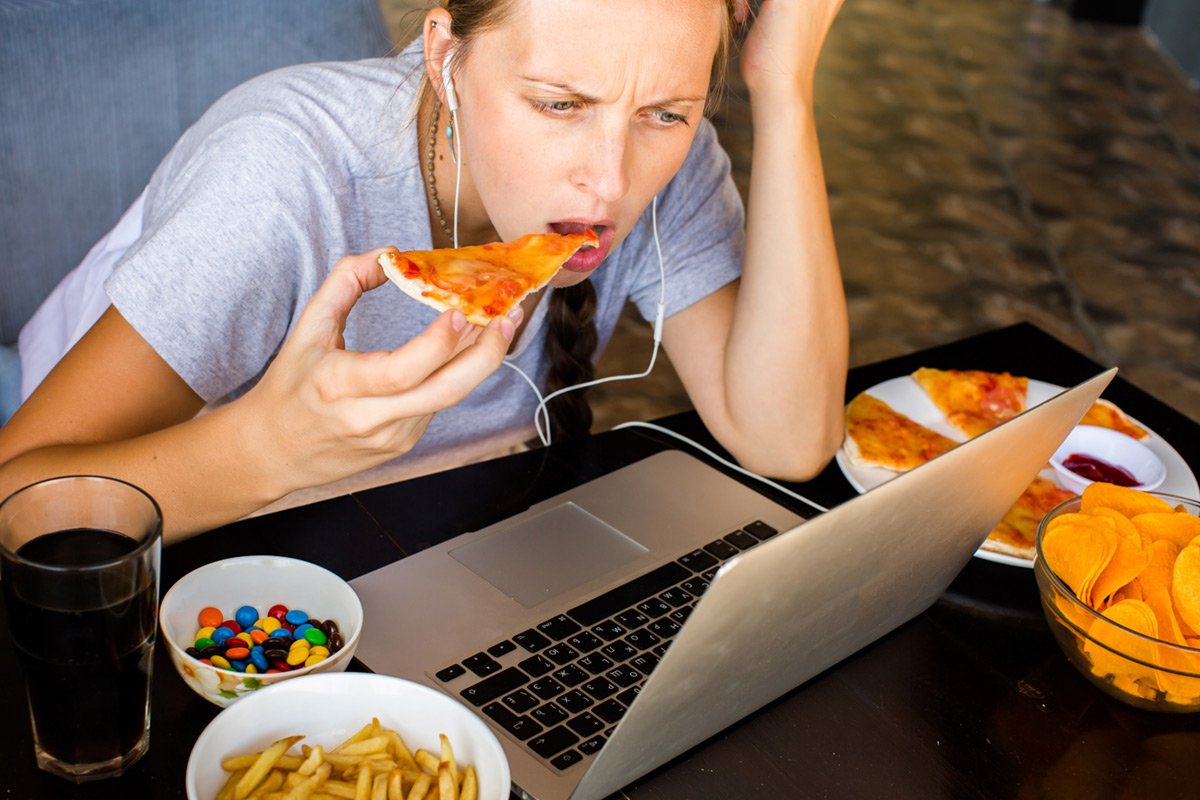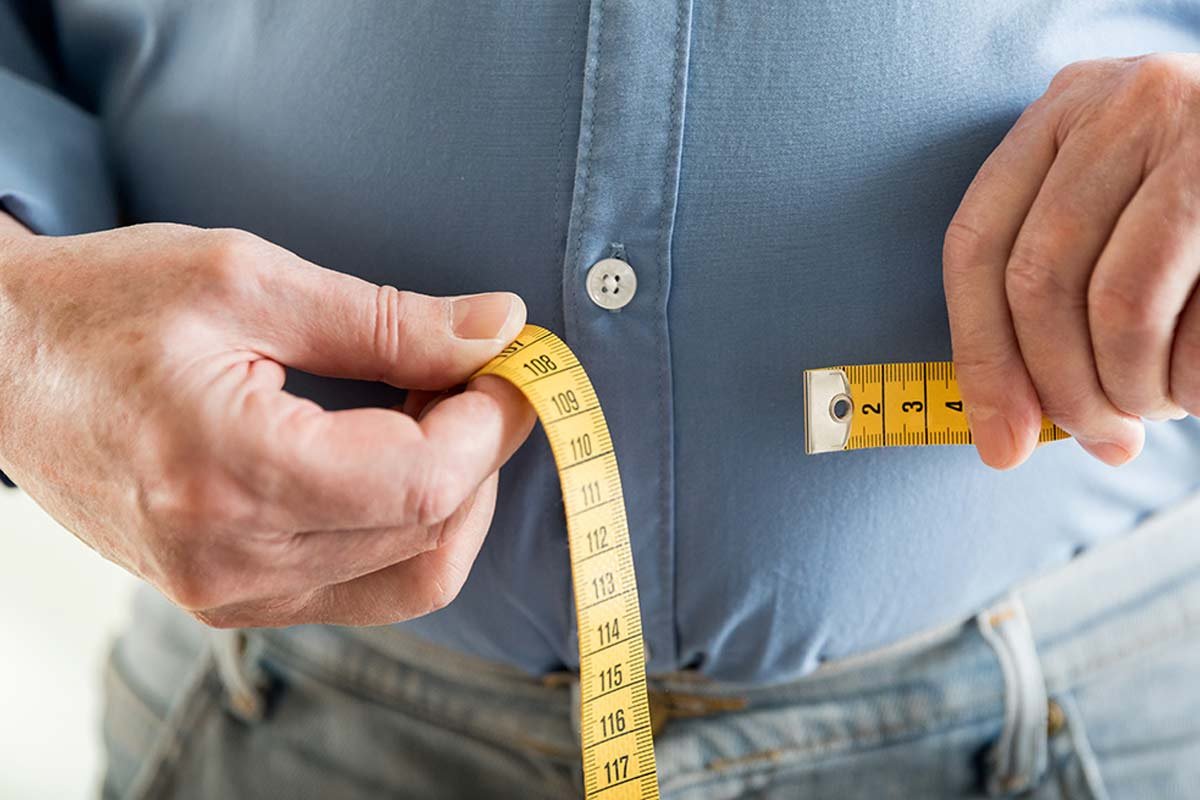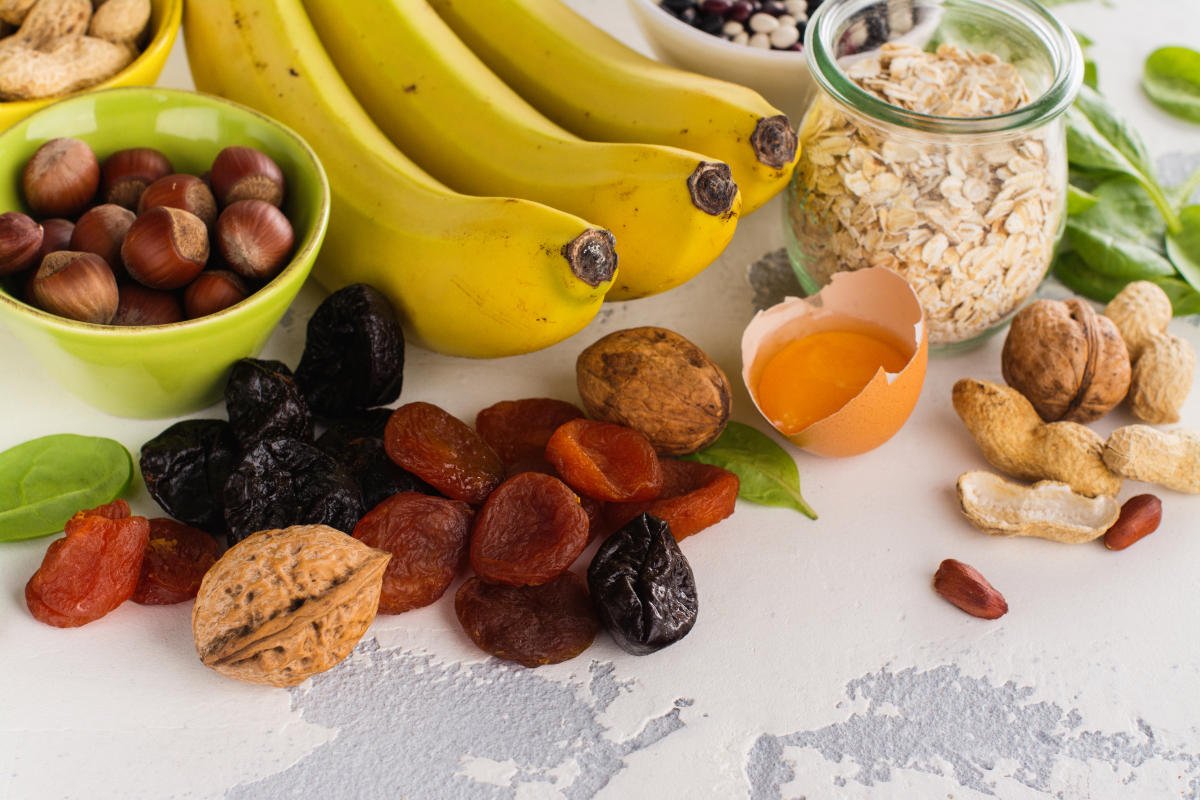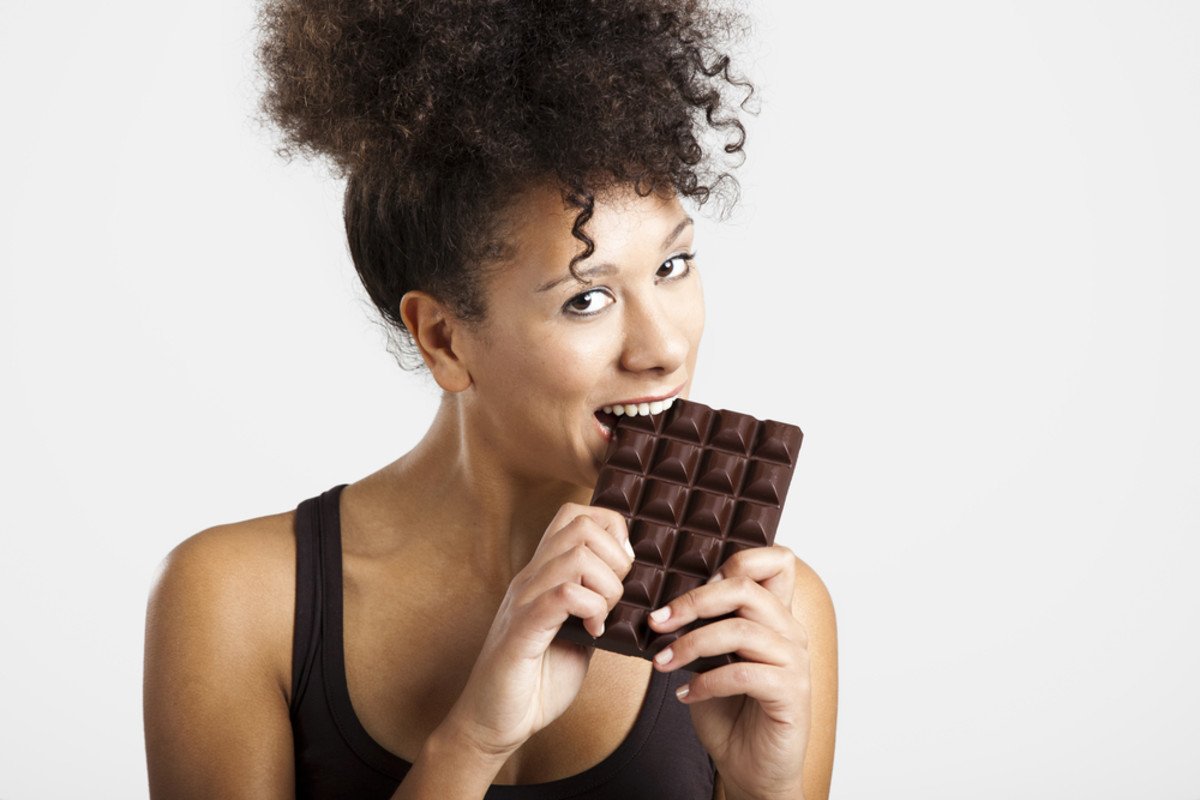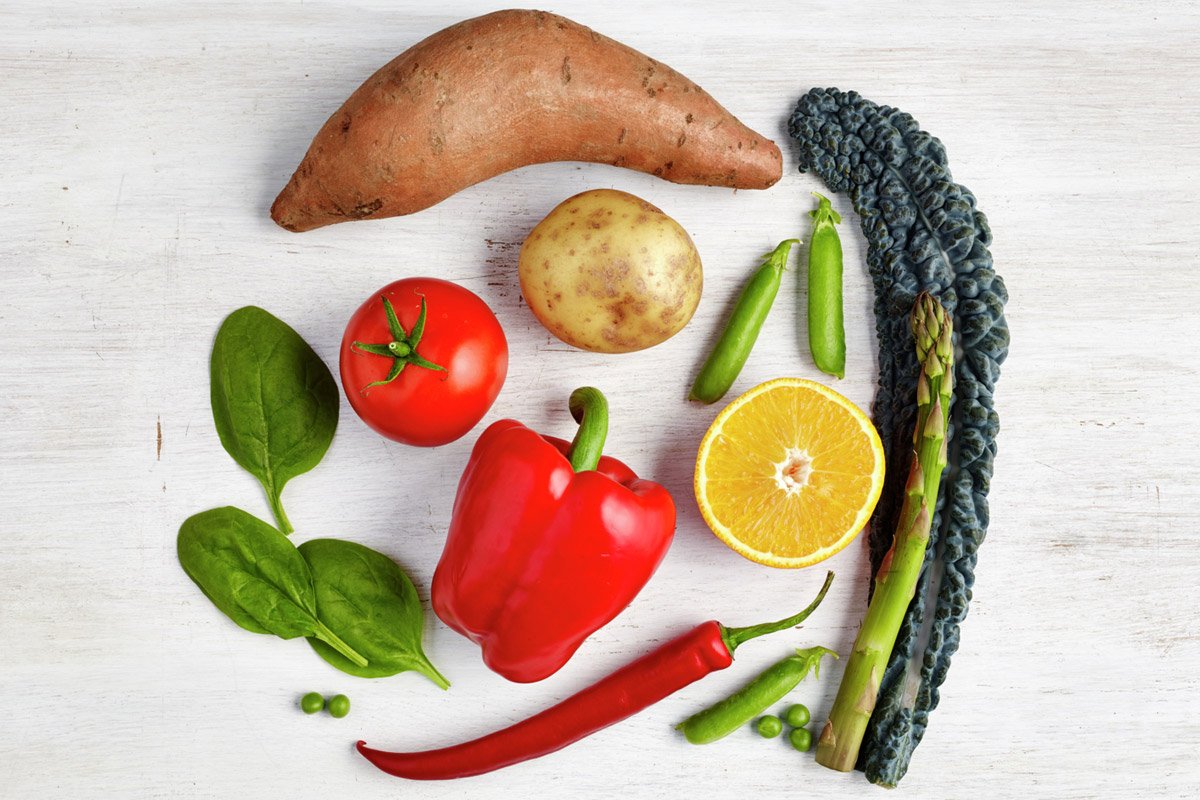Your metabolism fuels the fire that burns fat, even when you’re just sitting around. But are you accidentally extinguishing the flame?
Metabolism. It’s the elusive set of life-sustaining chemical transformations and a characteristic of bodies that can vary from person to person. It’s such a big concept that you might believe you’re at the mercy of it. Well, actually, you are! It’s thermodynamics at work, after all.
But there are a bunch of simple — even easy — things you can do to boost your metabolism and make your body run more efficiently, “good genes” or not. Make tomorrow a great day by grabbing a cup of rooibos tea (which boosts metabolism!) and learning about the common metabolism mistakes you probably made today.
You Didn’t Get a Good Night’s Sleep
If you’re chronically sleep deprived, don’t be surprised if you gain a few pounds without eating a morsel of extra food. “A lack of sleep can cause several metabolic problems,” says nutritionist. “It can cause you to burn fewer calories, lack appetite control and experience an increase in cortisol levels, which stores fat.” Lack of sufficient sleep — which experts say is 7 to 9 hours a night for most people — also leads to impaired glucose tolerance, a.k.a. your body’s ability to utilize sugar for fuel. “We all have those less-than-adequate nights of sleep,” says nutritionist Lisa Jubilee. “But if it’s a regular thing, you’re better off lengthening your night’s sleep than working out, if fat loss or weight maintenance is your goal.
You Started Your Day Dehydrated
For Jubilee, one of the best and cheapest ways to give your metabolism a jolt is to drink water (she suggests 20 to 32 ounces) shortly after waking. Why? During sleep, your body’s metabolic function slowed, and unless you woke up in the middle of the night to swig some water, it didn’t receive any fluids. Jubilee suggests completely rehydrating before stressing your body with any other food or drink. “My clients who have implemented this report less bloating, more energy and a smaller appetite,” she says. Her motto for getting your inner furnace stoked and ready for the day: “Rehydrate, then caffeinate!” And caffeinate with tea. The tea’s combination of caffeine and epigallocatechin-3-gallate (EGCG) seems to set fat cells up for defeat.
You Had Road Rage
Okay, it doesn’t have to be road rage, but that kind of unnecessary stress doesn’t do your body good. Not only can stress cause headaches, stomach distress, high blood pressure, chest pain and sleep disturbances, it also causes the body to metabolize food more slowly, according to research published in the journal Biological Psychiatry. To add insult to injury, the types of food we crave when we’re stressed out tend to be fat and sugar-laden treats like doughnuts and chocolate. Researchers say that the combination of high-cal cravings and a stress-induced snail-paced metabolic rate can result in significant weight gain.
You Drank Too Much Caffeine
Plenty of studies indicate that caffeine can boost your metabolism in the AM. But nutritionist Amy Shapiro says that guzzling coffee and other caffeinated drinks all day could actually work against you. Caffeine is a natural appetite suppressant. If you’re constantly consuming it, you may not eat much — or realize how hungry you really are — until you get home for dinner. “Not eating enough throughout the day can make your metabolism sluggish,” she says. “By the time you eat dinner, instead of immediately using that food for energy, your body is aggressively storing it as fat, just in case it will be deprived again.”
You Passed Up Your Fruit
When metals like mercury take the place of iodine at binding sites, thyroid hormone production grinds to a halt. The good news is you can instantly detox with fruits that are rich in pectin — a gelatin-like fiber that sticks to toxic compounds in the blood and flushes them out of the body through the urine. In fact, citrus pectin increased mercury excretion in the urine by 150 percent within 24 hours of supplementation, according to one study. As a weight loss bonus, research shows pectin can limit the amount of fat your cells can absorb. Grapefruits, oranges, and peaches are all good sources, but since most pectin is found in the fibrous pith and peel, whole apples are one of the best.
You Chose the Wrong Afternoon Pick-me-up
We get it. You’re totally obsessed with your double shot skim latte. It gives you the boost you need when the work day gets to be too much. But if you always opt out of green tea—an amazing choice—you could be missing out of some major metabolism-boosting effects. In a recent 12-week study, participants who combined a daily habit of 4-5 cups of green tea with a 25-minute workout lost an average of two more pounds and more belly fat than the non tea-drinking exercisers. What’s its magic? The brew contains catechins, a type of antioxidant that triggers the release of fat from fat cells and helps speed the liver’s capacity for turning fat into energy.
You Didn’t Eat Organic
“Hormones dictate how our body utilizes the energy we give it,” says Jubilee. “Between our reproductive, thyroid and growth hormones, appetite, insulin and hunger hormones — leptin and ghrelin — our bodies have to perform a tricky balancing act to keep us lean, energized and viable reproductive beings.” Those tasks have become much more difficult because of the hormone residues we consume via cage-raised foods. If you want to give your metabolism a leg up, Jubilee says, switch to organic, grass-fed, pasture-raised beef, eggs, and dairy products, thereby avoiding those nasty hormones at mealtime.
Your Home or Workplace Was Too Warm
If you’re reading this, you’re almost certainly a mammal. It follows that you’re also an endotherm. This means that you can set heat free from within your own body to regulate your body temperature, rather than relying solely on the ambient temperature. It’s not just a neat trick common to both mammals and birds — it also burns calories. So turn down your thermostat and let your body do the heavy lifting. Researchers at the National Institutes of Health found that participants who slept in bedrooms cooled to 66°F for a month doubled the amount of brown adipose tissue they burned. Brown adipose tissue is a type of fat that burns calories rather than stores them. “Brown fat becomes more active in cooler temperatures to help keep us warm,” explains Nutritionists. The take-home? Turning down your heat, sleeping in cooler temps, and spending time outdoors is going to help to stoke your metabolism, so chill out to get lean.
You Had Zero Carbs
Although it’s true that eating too many refined carbs can get in the way of your health and weight-loss goals, eating too few can have a similar effect. That’s because when we exercise, our muscles need carbohydrates’ stores of glycogen for energy; if they don’t get enough, they can’t grow. That’s bad because the more muscle you can get and keep, the more calories you’ll burn at rest. But that’s not all. With your muscles starved of energy, you won’t be able to exercise as intensely as you otherwise would. That means fewer calories burned while active. Have a serving (about the size of once cupped palm) of oatmeal, sweet potato or brown rice prior to working out. Still a little confused about carbs?
You Lowered Your Weights Too Fast
It feels great to work out in an efficient amount of time, but when it comes to cranking your metabolism, haste makes waste. That’s because there are big metabolism-boosting benefits that come from the eccentric (a.k.a. lowering) aspects of these movements. Eccentric movements damage muscles more than the act of lifting them. They require more effort from your body to repair and demand more caloric energy to do so. Greek researchers demonstrated that women who performed one weekly strength workout that focused on eccentric movement increased their resting energy expenditure and fat burning by 5 and 9 percent, respectively, over a period of eight weeks.
You Thought Nuts Were Too Fatty
A review of research published in The American Journal of Clinical Nutrition found that polyunsaturated fatty acids (PUFAs), particularly those contained in walnuts, could enhance the activity of certain genes that control fat burning, meaning that a nutty snacker may burn more calories throughout the day than one who grabs another type of lower cal snack. One to 1.5 ounces amounts to a small handful of walnuts. Have a snack of this size once daily for better burning. And if you want something salty or sweet, indulge in a snack that helps you build muscle and blast flab.
You Took it a Little Too Easy
Researchers in Australia found that when women performed a 20-minute HIIT workout three times per week, they shed nearly 6 pounds more than those who exercised for 40 minutes three times a week at a steady pace. Why? Researchers explain that while high-intensity interval training (HIIT) is of shorter duration than a regular cardio workout, it results in greater post-exercise oxygen consumption, meaning that you continue burning calories for a period of time afterward.
You Had an All-or-nothing Workout Mentality
Forget slogging on the treadmill for an hour! Research printed in the journal Physiological Reports showed that people who did five 30-second bursts of max-effort cycling followed by 4 minutes of rest burned 200 extra calories that day. That’s just 2.5 minutes of work for a resting metabolism boost that will last 24-48 hours! You probably don’t have a stationary bike handy at your place of work, but a similar result could be achieved by performing burpees, jumping jacks, or jumping rope.
You Worked Out at the Wrong Time
Northwestern University scientists have suggested that getting out and about in the early morning sunlight could help to regulate your circadian rhythm. That controls the many functions your body performs, including how much and well you sleep, how much you eat, and how much energy you burn. Try stepping outside for a jog or walk first thing in the a.m. Studies have shown that people who are up-and-at-‘em first thing have a lower BMI compared to those who take their sunshine later in the day.
You Consumed Too Many Pesticides
A Canadian study has found that chemicals in pesticides called organochlorines can mess with your body’s energy-burning process and make it more difficult to lose weight. The researchers found that dieters who ate the most toxins experienced a greater-than-normal dip in metabolism and had a harder time losing weight. Dr. Whitney S. Goldner of the University of Nebraska Medical Center has noted that there is growing evidence for a link between exposure to pesticides and thyroid problems. Your move is to buy organic fruits and veggies whenever possible.
You Consumed Dietary Toxins in Processed Foods
Studies have shown that mice that have had sustained exposure to chemical preservatives develop significant abdominal weight gain, early insulin resistance, and type 2 diabetes. Limiting your exposure to dietary toxins, sugars, refined carbohydrates and processed foods will help keep your metabolism revved.
You Drank Water with Tons of Fluoride and Chloride
If your thyroid is dragging, your metabolism will slow down and may even become dysfunctional. Drinking fluoridated and chlorinated water supplies have been linked to dysfunction in metabolic processes — both chemicals interfere with normal thyroid function. Drink filtered water whenever possible.
You Popped Unnecessary Meds
We’ve come to rely on various medications to deal with lifestyle diseases. For many people, these medications do for them what bold lifestyle changes have not. But for others, the drugs for diabetes, cholesterol, and high blood pressure have been popped too soon and for too long. That’s bad because in they can interfere with critical metabolic processes, which dramatically reduce the expenditure of energy. It’s well worth talking to your doctor about what can be achieved with non-pharmaceutical interventions, such diet, exercise, and meditation.
You Didn’t Get Enough Protein
Protein is a one-stop metabolism shop that’s worthy of one heck of an Ultimate Protein Guide. It fills you up, making you less likely to forage for less metabolism-boosting food. It can rev post-meal calorie burn by as much as 35 percent, according to research, and it helps you grow muscle, which is like a calorie-incinerating body cloak that’s hard at work blasting calories while you’re at rest. It ought to be a component in every meal. Try vegan protein, which will give you the same fat-burning, hunger-squelching, muscle-building benefits as whey — without the bloat.
You Ate Too Little
This one sounds counterintuitive but bear with us. When you don’t sufficiently fuel your body, it can switch into starvation mode. In effect, your metabolic rate slows and your body clings to the remaining fuel. That’s because in our evolutionary past — before the advent of agriculture — food was often scarce and the body adapted to conserve fuel. Even if you’re cutting calories and creating a calorie deficit, your best move is to eat often and in a way that enables you to be active without getting exhausted.
You Forgot About Vitamin D
You can get 90 percent of your recommended daily value (400 IU) in a 3.5-ounce serving of wild salmon (never farmed salmon), but you can also just step outside. Exposing your full torso to the sun for at least 30 minutes will produce approximately 10,000 IU.
You Skipped Calcium
Calcium plays a key role in regulating the way your body metabolizes. Specifically, it determines whether you burn calories or sport them as a tire. According to research conducted at the Nutrition Institute at the University of Tennessee at Knoxville, a diet that’s high in calcium could help you burn more fat. Consume dairy, Greek yogurt and these non-dairy calcium-rich foods.
You Ate Refined Carbs
When a carb is complex, the body has to work a little harder to break it down. White bread, pasta, and rice are broken down more easily because the complex carbohydrates have been taken out of them and their carb content has been refined. The result? A slower metabolism. Refined carbs don’t offer much nutritional value in the first place, so you’re way better off choosing whole-wheat breads, pasta, and brown rice.
You Missed Out on Probiotics
Another reason to grab that Greek yogurt: The good bacteria in probiotics can help ramp up your metabolism and improve your immune system, but it pays to be picky about your sources. Yogurt’s a great way to get a.m. protein and probiotics, but to get the healthiest yogurt you’ll have to read labels; most are packed with added sugars that exceed their protein levels. To speed up the process, use our indispensable guide to the best brand name yogurts for weight loss.
You Indulged in More Sweets Than You Should
Avoiding sugary foods is a great idea. Why? Sugar creates a spike in blood glucose levels and is very quickly absorbed into your system. Both of these mechanisms are putting the brakes on your metabolism. Replace candy, chocolate and ice cream with fresh fruit for weight loss. It will help to satisfy your sweet tooth without causing a spike in your glucose levels.
You Had One Too Many
Sad news, folks: When you have an alcoholic drink, you burn less fat. What fat you do burn, you burn more slowly than usual. That’s because the alcohol is used as fuel instead. Quaffing a couple of martinis can reduce your body’s fat-burning ability by up to 73 percent! That’s a scientific finding that should leave you shaken and stirred.
You Sat Pretty Much All Day Long
Ideally, we sleep about eight hours for every 24. Most people spend another seven to ten hours sitting at their desk. That means most of us spend the overwhelming majority of our time sedentary. Our bodies weren’t designed for this level of inactivity — most of humans’ evolutionary history involved being active, searching for food and fuel. Jubilee says that one way to burn more calories daily is to stand more and sit less. She cites a British study which found that standing at work burned 50 more calories per hour than sitting. If that doesn’t sound like a lot, consider this: If you stand for just three hours of your day, in one year you’d expend more than 30,000 extra calories — which amounts to about 8 lbs of fat!
You Ate Too Many Calories Too Late in the Day
“Not eating enough calories in a day is an easy way to slow your metabolism,” says Santoro. “It’s a common mistake people make.” When you don’t consume enough calories, your body switches into starvation mode, and your brain tells your body to store fat. This can increase cortisol levels, leading to belly-fat storage, which comes with health risks.
“Eating a large dinner, especially too close to bedtime, can be detrimental to your metabolism,” says Shapiro. “It’s likely to throw off your inner clock and make you not hungry in the morning, which can ultimately lead to weight gain.” It’s at this point in the day that people are more likely to have an alcoholic beverage, which can bedevil your metabolism even more. “When a person drinks, acetate is formed,” says Santoro. “The body spends time trying to detoxify itself rather than burn calories.” He adds that drinking alcohol can impair protein synthesis and anabolic (muscle-building) hormones. Shapiro suggests that you prepare for busy or unpredictable days by packing healthy snacks to keep you from overeating or making unhealthful food choices.
You Shunned Table Salt for Sea Salt
Sea salt is pretty amazing, especially when paired with chocolate or caramel. But it doesn’t have iodine, a key element that gives your thyroid gland what it needs to get the job done. The thyroid gland helps to regulate your metabolism. If you don’t have enough iodine, it’s unable to produce thyroid hormones, and your metabolism can grind to a screeching halt. Most table salt is iodized; just a half-teaspoon will provide 100 percent of your RDA for iodine. You can also eat seaweed, cod, shrimp, and eggs, all of which are great sources of iodine.
You Worked the Nightshift
Research has found that people burn fewer calories when they sleep during the day and log their waking hours after the sun’s gone down. To come to this finding, University of Colorado at Boulder researchers studied 14 healthy adults for six days. For two days, study participants slept at night and stayed awake during the day, then they reversed their routines to mimic the schedules of night owls. When participants slept during the day, researchers found that they burned 52 to 59 fewer calories than they did while catching their zzz’s in the evening—likely because the schedule messed with their circadian rhythm, the body’s internal clock that plays a major role in metabolism function.
You Ate Odd Amounts at Odd Hours
Ready to do some simple math? Figure out how many calories you need to achieve your desired weight and evenly divide that number by the 3, 4 or 5 meals and snacks you eat per day. Aim for each of your meals to be roughly this size. Why? Research from John Moores University in Liverpool found that women who fluctuated between eating low- and high-calorie meals were less happy with their bodies than those whose plates contained a similar number of calories from meal to meal. But it’s not just a fluctuating size that can derail your weight-loss goals. A Hebrew University study from 2012 found that mice that were fed high-fat foods sporadically gained more weight than mice that ate a similar diet on a regular schedule. Experts suspect that eating at the same times every day trains the body to burn more calories between meals.
